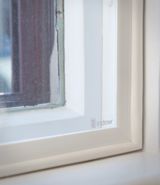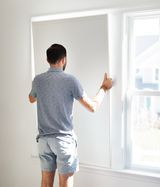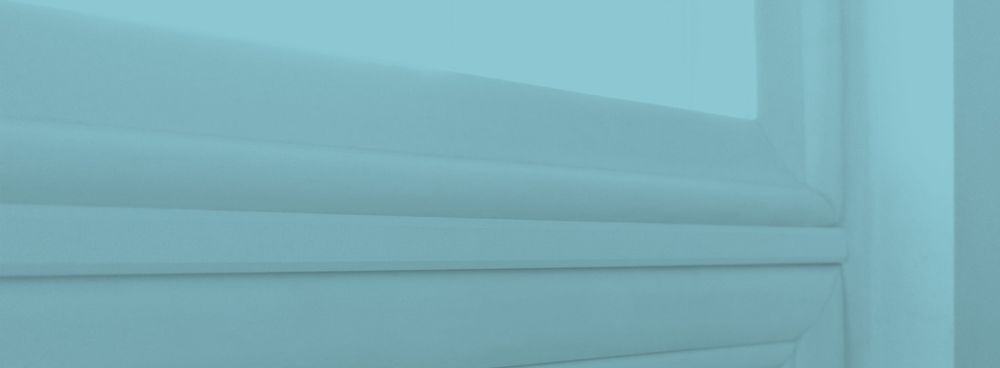
Home Soundproofing Overview
Home Soundproofing Tips
Home soundproofing becomes more necessary as the world around us becomes louder. From traffic noise to yard equipment, noise disturbs the sense of peace in your home and makes it hard to sleep. Fortunately, good solutions for soundproofing homes exist: from air sealing and wall insulation to window inserts and acoustic panels. Such techniques for how to soundproof a home can make your space quiet and comfortable. (So the nearby train doesn’t sound like it’s in your living room!)
How can I soundproof my home?
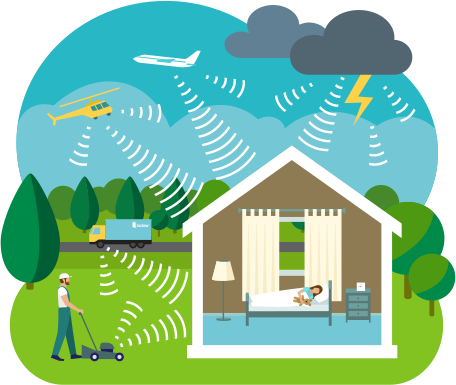
Why Noise Happens and How to Stop It
Wherever air goes, noise follows. Sound travels by airwave, so unless you can live without air, you will be living with some noise. Think of soundproofing (blocking noise) like blocking water, if there are openings, noise will find a way through. There are two basic types of soundproofing : sound reduction and sound absorption. Sound reduction stops noise from entering your home and sound absorption stops noise from echoing and reverberating inside your home.
You can measure how effective a soundproofing product is by using STC ratings. Using Sound Transmission Class ratings (STC ratings) is a way to compare products for their ability to stop the transmission of sound. Always keep in mind, the best soundproofing materials depend on how and what you are using them for.
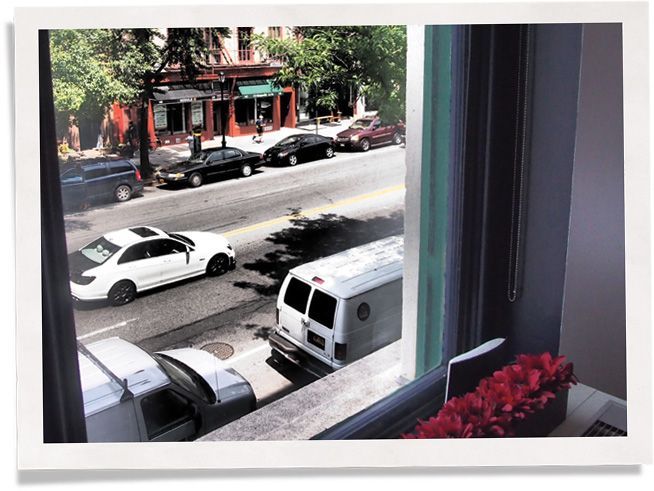
1. How to Soundproof a Home from Outside Noise
Noise can penetrate doors, walls, ceilings and other openings in your house. How does this work? Sound is energy that’s created when something vibrates. Strum a guitar and the vibrating strings make the surrounding air molecules vibrate too. That sound energy then travels outward and penetrates solids.
Insulated walls block sound better than uninsulated walls. A solid wood door transmits less sound than a hollow one. One key principle: if air can penetrate through the cracks in your home, sound can too. So effective seals and gaskets around doors and windows are important noise barriers.
Windows are typically the primary entry point. Noise travels easily through glass. It also enters through the many cracks in a window frame (as do cold drafts.) Insulating your windows against sound isn’t as difficult as you may think. Was your home built before 1950? There’s a good chance you have single-pane windows, which allow more noise to enter your space than new double-panes. But even new double-pane windows can let in a lot of noise and make home soundproofing difficult. Don’t worry: window noise reduction is within reach.
2. How to Soundproof a Home from Inside Noise
Noise coming from inside your own home can bounce and reverberate against walls, floors, and windows. Home soundproofing can help with this as well. Reducing hard surfaces by adding soft furniture, area rugs, and hanging things on walls will reduce echoing. Indow inserts are made of acrylic which reverberates less than glass, and absorbs more sound.
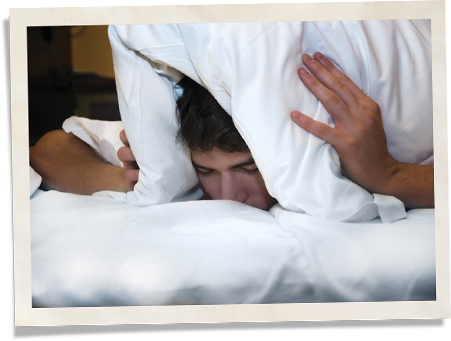
3. Get Help From Home Soundproofing Experts
Now, what if your noise problem stems from neighbors upstairs or downstairs? How can you soundproof a home when you share walls with the noise? It can involve building drop ceilings and floating floors. If you have the budget, consider hiring an acoustical consultant to assess your noise situation. A good resource is the National Council of Acoustical Consultants .
4. Home Soundproofing Solutions
If outside noise is your main problem, you can soundproof your house or apartment several ways. Caulk cracks in your window frames, install heavy, sound-damping curtains or use window inserts to reduce 50 to 70%* of the noise as well as block drafts to lower energy bills. Insulating your walls and ceiling also helps. Once you reduce the sound coming through the windows of your house or apartment, absorb noise in the room to improve acoustics, with everything from upholstered furniture to acoustic panels .
Keep in mind not all noise is the same. Insulating your windows against sound will work best for higher frequency noises like honking horns, sirens and squeaking brakes. But lower frequency noises like the thumping bass of a passing car or the rumble of a powerful motorcycle can penetrate walls. Lower frequency noise damping is more tricky.
How to Soundproof a Room From Outside Noise
Adding insulation to your walls and ceilings will lower the transmission of sound from the outside of your home to the inside. Often homeowners will fix cracks in windows and doors, but not examine the insulation of the surrounding walls. The best way to answer how to soundproof a room from outside noise is to look at it as a whole. Are all parts well insulated so that noise has no way in? The attic is especially overlooked.
Watch: How to Soundproof Your Home Using Window Inserts
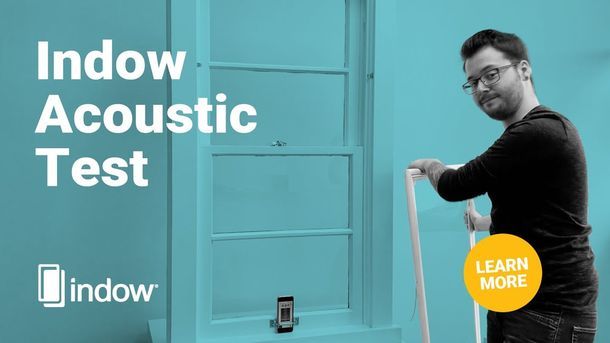
Watch this video to see window inserts in action. We perform a noise test, placing a phone making siren noises in between the window and the insert, sealing it in place. Window inserts work well for soundproofing homes against both outside noise and inside noise. The airtight seal they create reduces outside noise, and the acrylic panel is fantastic at absorbing and reducing inside noise. Easy to install, they are perfect for soundproofing a house from traffic noise .
Soundproofing Homes with Upholstery & Rugs
Home soundproofing can sometimes come down to decor. Cushioned furniture, thick rugs, large drapery all help with soundproofing homes. Many modern styles of furniture – sleek, slender, without cushions – will reflect noise and add to echoes in your home. Cushioned couches over hard chairs, drapes over smaller window attachments, and even hanging wall art can all help absorb noise that is either created in your home or penetrates your home.
Set your expectations: you may not be able to completely soundproof your home. But you can reduce the noise to make it a more comfortable place to relax.
5. Set Your Home Soundproofing Expectations
Keep in mind not all noise is the same. Insulating your windows against sound will work best for higher frequency noises like honking horns, sirens and squeaking brakes. But lower frequency noises like the thumping bass of a passing car or the rumble of a powerful motorcycle can penetrate walls. Lower frequency noise damping is more tricky.
Set your expectations: you may not be able to completely soundproof your home. But you can reduce the noise to make it a more comfortable place to relax. Visit our STC rating page to learn more about sound ratings and their limitations.
6. How to Soundproof a Home
Use this quick list to get started with your home soundproofing project:
- Caulk cracks in window frames
- Install sound-damping curtains
- Install window inserts or storm windows
- Absorb noise with upholstered furniture & acoustic panels
Learn more about how to soundproof a home here.

Soundproofing Windows: The Basics
*We want to ensure our inserts help solve your noise problem. Overall noise reduction depends on the amount of noise coming through your walls, ceilings, floors, doors, and existing windows. Noise reduction will be less when placed over double-pane windows. Read our full Noise Reduction Sheet to learn more.
Let Us Help You
- 1
Request a Free Estimate. We'll provide you with a preliminary estimate based on your basic window dimensions. It's quick and easy!
- 2
Measure your windows with our easy-to-use laser measurement kit. We'll guide you through the simple process, ensuring a perfect fit.
- 3
Customize your inserts to match your needs and your aesthetic, with tubing colors that seamlessly blend into your space.
- 4
Transform your space with custom-crafted inserts shipped directly to your home, ready to fit perfectly in your windows.
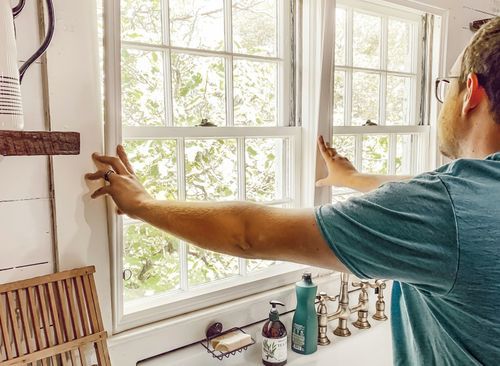
We value safety and privacy. We will never share, sell, or rent your data to third parties not directly related to your purchase or consideration of our products. Read our full policy here.
